Creating a recognizable brand is not just an art, but a real science. I remember my first branding project revolutionized the way I thought about success. Read on to learn secrets that can change not only your business, but also the way you think about the world of brands.

Glossary
🎨 Branding: The process of creating and managing awareness brand, including its visual and emotional elements.
📈 Branding: Strategy aimed at creating stable image and brand awareness among the target audience.
🔍 Positioning: Determining the place of the brand in the mind consumers relative to competitors, including a unique offer.
🛍️ Design elements: Visual components of the brand, such as the logo, color palette and fonts that help shape its identity.
🤝 Interaction with the audience: Methods of communication and communications with the target group, including social networks, events and marketing campaigns.
🏷️ Awareness: The extent to which consumers can identify a brand by its design elements, characteristics or name.
📦 Packaging: Design and format, in in which products are presented to customers, playing a key role in brand perception.
💼 Branding Assets: Various assets and resources , on which you can place brand elements such as products, staff clothing and vehicles.
🚚 Vehicles: Cars and other vehicles movements that can be branded to increase the company's mobile visibility.
🎁 Souvenirs and merch: Products with elements brand, designed to promote and increase customer loyalty.
🌐 Website: Online platform , representing the brand, including product information, company and contact information.
📱 Social networks: Platforms used for connecting with the audience and promoting the brand through content and interaction.
📣 Brand Building Strategies: Methods Used to develop and implement brand elements on the market, including target audience research.
Branding: the best secrets for creating the desired image
How is branding different from creating a brand
Many people wonder why there is confusion in definitions. I myself have repeatedly encountered the fact that the terms “branding” and “brand creation” are used as synonyms. Having started my journey into marketing, I decided to understand these nuances. In essence, creating a brand is a deep process that includes the formation of a unique business identity, defining its philosophy, mission, values and, of course, creating connecting elements such as a logo and slogan.

While the company is working to better understand what emotions and associations it causes, branding is used to actively apply already created attributes in various marketing assets. For example, are you familiar with packaging with a logo that instantly evokes your favorite product? This approach helps you proactively reach your target audience.
In one of the projects I worked with a young startup. When we started introducing visual elements, many clients immediately began to recognize the brand among many others. Six months later, they mentioned our name when asked about their preferences. This was a meaningful experience for us and showed us how important it is to use ready-made attributes to establish a strong connection with customers.
Why do you need branding
Why do branding, you ask? In my experience, this is not just a beautifully designed product, but an important tool for increasing company awareness. With the help of various visual attributes placed on products, we create instant associations among the audience. For example, wouldn't you recognize your favorite package of ice cream without even looking inside?
Branding opens the door to recognition, as happened with the company that presented its products with the image of a printed letter “A”. Many users, by inertia, began to pay attention to this, and soon associated the product with its qualities. I was amazed when I researched the statistics: it turns out that 70% of people tend to choose a familiar brand without even caring about quality. Isn't this a wonderful confirmation of the power of associations?
Additionally, research on customer trust has shown that a consistent design style helps increase trust. When the same color palette is present in products, websites and advertising materials, customers begin to feel more confident. Therefore, I strongly encourage many businesses to consider establishing a consistent identity that will make your brand more preferred.
Ways to Brand Effectively
Now that we've covered the basics, it's worth looking at exactly how the branding process works. I have noticed that the diversity of methods forces companies to find their own unique ways of expression. For example, printing is a classic and reliable method that I used in one of my projects. When we launched the campaign, we printed logos on stationery and noticed how proud employees became to represent the company.

Embossing turned out to be another interesting approach: it became completely clear, giving the products uniqueness, we We will not only attract attention, but also create a “quick effect”. I remember how one day I decided to make diaries with leather embossing, and the effect was amazing! People immediately started talking about them, and they sold out like hot cakes.
In fact, branding methods can be different: from engraving to embroidery. It is important to understand that each method can affect the perception of your product. So, it’s worth asking yourself: which method will best highlight your individuality?
Progress in branding techniques
| Method | Description | How to use |
|---|---|---|
| Printing | Applying logos to items | Choosing a reliable printing partner |
| Embossing | Relief image | Selection of material and design |
| Engraving | Engraving | Selecting tools to suit different materials |
| Embroidery | Attaching embroidered symbols | Find a qualified specialist |
| Website design | Creating a page in accordance with the corporate style | Hiring a web designer who understands the brand |
This approach to choosing methods will allow each business to gain its own unique identity and attract customers. Branding is not only a science, but also an art, in which there are no clear answers, only many inspiring solutions!
Elements of visual brand identity
In this chapter I I would like to tell the story of how I tried to create a visual identity for my brand. One day, when I was launching my first project, I had the feeling that creating a brand was like creating a masterpiece of art. Everything should be in its place: every line, color and font should work for the overall idea and take part in creating a recognizable image. Think about it, have you ever wanted to know what secrets are hidden behind the successful brands you see everywhere?

Logo development process
When I first started designing a logo, it wasn't just a drawing process. I immersed myself in target audience research. Once, I remember spending hours researching the preferences of people who could become my potential clients. During this research, it became clear to me that it is necessary to find an individual approach to each target group.
Advice from me: create a few logo concepts and test them in a focus group. This approach worked for me. I remember conducting a survey among friends and acquaintances and their feedback really helped me choose the most successful option. This logo has become more than just an image, it has become a symbol of our brand.
Color palette and fonts
As for the color palette, I spent a long time looking for combinations that would reflect the values and atmosphere of my project . For example, I once noticed that certain colors evoke different emotions in people, and it really worked in practice. By using bright colors, I wanted to evoke a feeling of joy and energy, and use calm tones to create confidence and reliability.
What do you think is the role of fonts in brand perception? From my own experience, I have noticed that fonts can significantly change perception. By using non-standard and creative fonts, I increased interest in my brand, but also kept those that are better perceived in terms of readability.
Creation of a brand book
An equally important part was the development of a brand book, which became a kind of “bible” of my brand. This document included all the elements of visual identity - logo, color schemes, fonts and instructions for their use. Thanks to this approach, it became easier for my team to maintain a consistent style when creating different materials.
Visual Communication
As you already understand, visual communication plays a huge role. The brand must be identical in all channels, be it business cards, outdoor advertising or social networks. I remember at some point I realized that even small details are not just details, but large parts of the whole. Every image, every letter had to convey a single message.

Important takeaway: despite the variety of materials and the complexity of the process, creating a recognizable brand has become one of the most exciting and valuable lessons in my practice.
A quick guide to creating a visual identity:
| Step | Description |
|---|---|
| 1. | Research your target audience and identify their needs. |
| 2. | Develop several logo concepts and test them in a focus group. |
| 3. | Choose a suitable color palette and fonts , based on the emotions you want to evoke. |
| 4. | Create a brand book with clear instructions for using brand elements. |
| 5. | Ensure consistency in visual communication across all channels. |
Packaging and goods
After several months of working on visual identity, I realized that packaging is an equally important aspect of the brand. I remember how, when developing packaging for our product, I focused on the fact that it did not just hold the product inside. The challenge has always been how to make the packaging itself sell.

Packaging development
When creating the packaging, I decided to use corporate colors and logo. The packaging has become an extension of our brand. At this point, what came to mind was, “Every inch of packaging should tell your customers who we are.” When the packaging attracts attention on the shelf, it means you are on the right track.
While receiving a product one day, I noticed how packaging affects perception. For example, when I compared an ordinary product with a product in cool packaging, my hand automatically reached for the more impressive one. Based on this, it became clear that packaging can be the element that sets you apart from your competitors.
Packaging as a Marketing Tool
Yes, packaging can be a truly game-changing marketing tool. When looking at successful examples of brands such as Coca-Cola and Apple, it became clear that they stand out through a clear visual identity.
Hint: on a winter evening, arguing with colleagues about how the color of the packaging affects the choice, we came to the conclusion , that different seasons and images affect clients differently. Appropriate packaging can maximize the desire to purchase a product.
Cases of successful packaging
I always kept examples of successful packaging on my computer. At one time I noticed the packaging from TEA & COFFEE, which not only protects the product, but also looks chic. This experience inspired me to create something unique for my product line.

How to effectively design packaging:
| Step | Description |
|---|---|
| 1. | Determine target audience. |
| 2. | Each solution must meet the requirements for account concept. |
| 3. | Use brand colors and logo. |
| 4. | Test the packaging in store with customers . |
| 5. | Let the packaging speak your values . |
How to register points of sale
The next challenge was to design the points of sale. The entrance group is the first thing that meets the client and, as you can understand, all marketing skills had to be applied here. It was important to create an atmosphere that would attract customers and motivate them to come inside.

Input Visuals
I remember how, while developing the concept, I decided that it was important to use bright signs and information plaques. One day, when I was walking along the streets of my city, I noticed that some shops stood out, while others were lost among the crowd. This inspired me to create simple but memorable signs.
How do you rate the first impression when you walk into a store? It's decisive. For example, in stores of a famous brand, I noticed how various interior elements attract attention and help create a unique atmosphere.
Interior as a marketing tool
The interior has become no less important. Using the example of one creative store, it became clear how unobtrusive but well-chosen decor makes the retail space more comfortable. I remember one of my colleagues commenting: “This space just lives and breathes the brand.”
As I designed interior signage and POS materials, I noticed how well they attracted customers and engaged them with the brand. Remember, if visual communication is consistent, the client will feel comfortable and familiar.
Staff Clothing
I wanted the staff to seem to continue the visual identification. By creating a piece of uniform, you can easily highlight your brand's personality. In this aspect, I tested many different ideas before I found the optimal one.
Personal experience: I noticed how the uniform made the team stand out and create harmony with the surrounding atmosphere.

How to register points of sale:
| Step | Description |
|---|---|
| 1. | Create unique signs to attract customers. |
| 2. | Work on the atmosphere of the interior space. |
| 3. | Track how visual elements influence on buyer behavior. |
| 4. | Pay attention to the appearance of the staff. |
| 5. | Maintain consistency in all visual elements communications. |
Vehicle branding
Over time, it has become clear that vehicle branding should not be forgotten. Thinking about business, I came to the conclusion that corporate transport is a whole world of opportunities that are often ignored. In turn, I realized that it is impossible to do without mentioning the registration of transport.
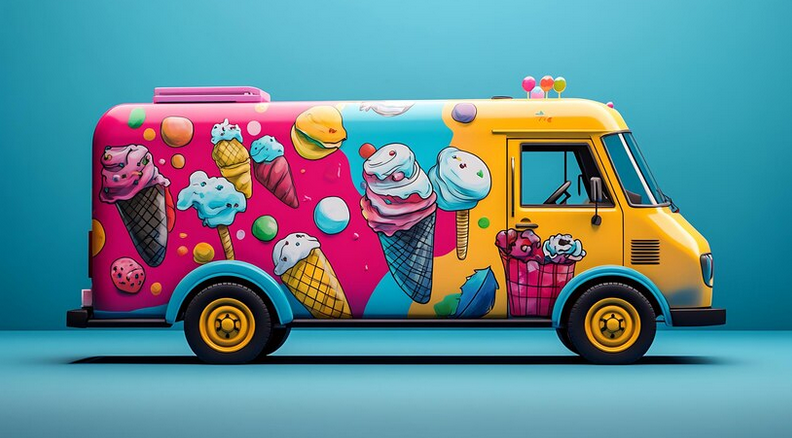
Branding as advertising
After analyzing examples of successful branding of cars from well-known companies, I noticed how important it is to show your individuality. I remembered how I once noticed premium cars at an exhibition with unique graphic images that instantly raised their prestige.
Tip: your corporate vehicle is more than just a vehicle - it's an advertisement for your company, and it should look unique. Personally, I experimented with graphics, creating a design that would be as memorable and eye-catching as possible.
Public transport arrangements
Don't forget about public transport! While creating a brand and exploring the city, I considered the possibility of using city buses and trolleybuses to effectively expand the brand's influence. It so happened that one rainy day, driving by, I saw a trolleybus with a bright design and logo that looked great even in the rain. It gave the feeling that this trolley could be an advertisement for any brand that created a memorable enough iconic face.
Examples of successful implementations
Indeed, several cafes in my city like to use their regular customers to make their transport business a flagship of your brand. They succeed in this with a bang, and the respect of the client masses is formed in different ways, based on the uniqueness of each approach.

How to effectively brand vehicles:
| Step | Description |
|---|---|
| 1. | Active use vehicles to advertise your brand. |
| 2. | Create a memorable design. |
| 3. | Use both corporate and public means of transportation. |
| 4. | Observe the public's reaction to branding . |
| 5. | Develop ideas based on customer feedback . |
Souvenirs and merch: from idea to implementation
When I came to the stage of designing souvenirs and merchandise, I realized that these were not just additional accessories; these are tools for creating an emotional connection with customers. The creation of souvenir products has become not only interesting, but also useful in terms of marketing.
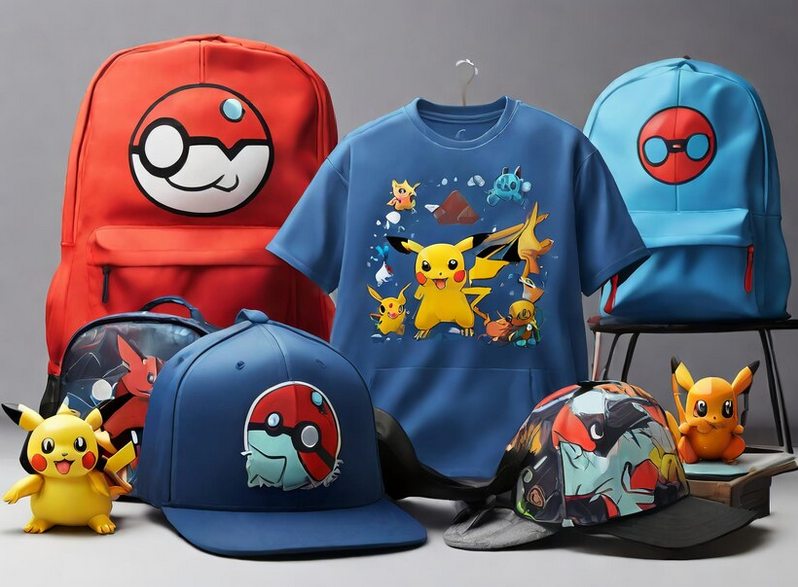
How to design souvenirs
In my practice, I taught that souvenirs and merchandise help maintain audience loyalty and retain customers. The most striking example from my work is the branded pens that we handed out at exhibitions. They not only evoked positive emotions, but also remained with people for use in everyday life.
A look at ideological diversity: souvenir products should differ in quality. I emphasized that souvenirs should be both practical and attractive. Once, we had a case when we handed out unique magnets with collectible pictures, which caused a real sensation.
Merch: emotions and ideas
Merch, unlike standard souvenirs, can be a more complex product. When choosing a direction, I focused on its idea, concept and features. In particular, we designed clothing that reflected the spirit of the brand, and this became a “trend” at our exhibition.
Hint: use creative approaches. When merch arouses curiosity, the results will not be long in coming. I've noticed that creative slogans on clothing can make you want to show up on social media, and this is a great way to draw attention to your project.
Innovations in souvenirs
Successful examples of souvenirs from experience in large companies have shown how emblems and a positive image can be connected through creativity. I have noticed more than once how funny inscriptions on mugs and T-shirts have become particularly popular.
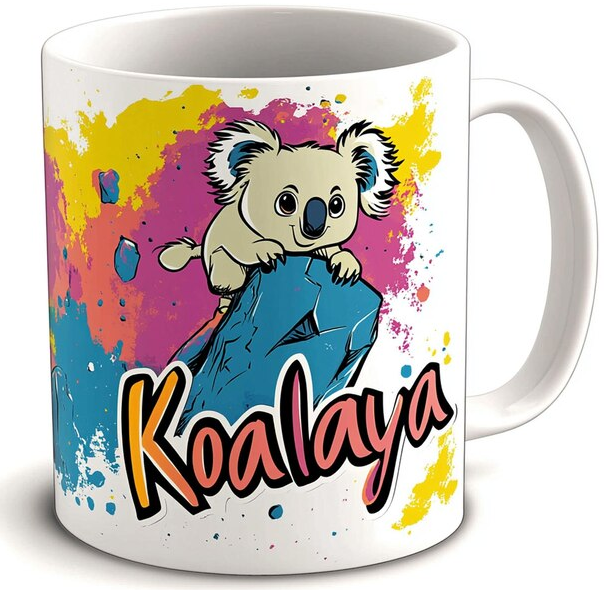
How to effectively develop souvenirs and merchandise:
| Step | Description |
|---|---|
| 1. | Define the concept of souvenir products. |
| 2. | Consider practicality and interest for the target audience. |
| 3. | Develop a unique design. |
| 4. | Follow the trends: what souvenirs in fashion now? |
| 5. | Use customer feedback to product improvements. |
Visual identification in the digital space
When moving to create web pages and applications, focusing on the visual component also requires attention. The original idea was to ensure a harmonious interaction between individual style, product and client.

Creating a website aesthetic
When approaching the design of a website, I have always assumed that the appearance should be as attractive as the physical space. For example, the color concept used in the logo clearly stood out. I noticed that the easier the site is to understand, the more often clients return to it.
Recommendation: take care of the style, fonts and images on the site. When your visualization resonates with your brand, your products will resonate and interest in your business will only increase.
Social media as an important tool
I was looking for ways to improve interactions on social media. It is important that the visual component on social networks remains consistent. I remember how, having developed a program of posts, I tried to maintain the design style in all publications.
Throughout the project, questions began to arise about what big brands were doing, and the best examples consistently emphasized the need for professional design of resources.
Stages of creating a visual identity in the digital space:
| Step | Description |
|---|---|
| 1. | Develop an aesthetic that matches your brand. |
| 2. | Ensure consistency between online and offline . |
| 3. | Create unique content that stands out . |
| 4. | Use relevant visuals to attract clients. |
| 5. | Analyze the results and adjust your approach according as necessary. |
At this stage there were many different approaches to creating a visual brand identity. My personal experience shows that it is important to simply be open to new ideas and determine your priorities!
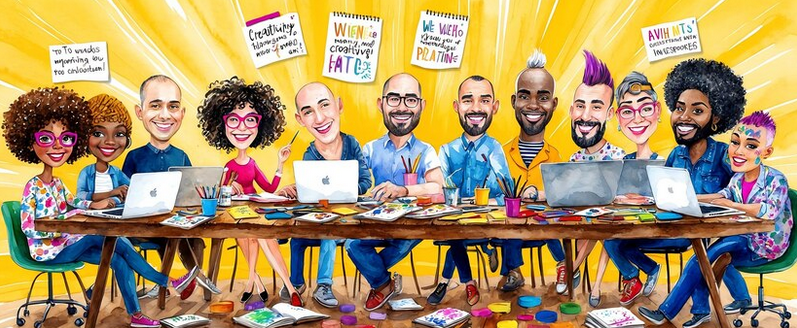
Often FAQs about Branding
What is branding?
How is branding different from branding?
Why do you need branding?
What branding methods are there?
What objects can be the subject of branding?
How does packaging affect branding?
What effect does social media have on branding?
How to choose the right colors for your brand?
What is corporate identity?
How to conduct competitor analysis in branding?
Thank you for reading and for being more prepared! 🌟
You are already one step closer to creating a recognizable brand! Having realized the depth of position, design and audience engagement, you are now ready to turn your ideas into exciting reality. Designing a successful brand, like any change, requires dedication and creativity. Each of us can become the architect of our own success. I was happy to share my experience and knowledge with you, and I believe that you will be able to put it into practice. Share your thoughts in the comments!
.gif)
- Glossary
- Branding: the best secrets for creating the desired image
- Elements of visual brand identity
- Packaging and goods
- How to register points of sale
- Vehicle branding
- Souvenirs and merch: from idea to implementation
- Visual identification in the digital space
- Often FAQs about Branding
- Thank you for reading and for being more prepared!
Article Target
Teach readers the basic aspects and methods of branding.
Target audience
Marketers, businessmen, students interested in marketing.
Hashtags
Save a link to this article
Zinaida Rumyantseva
Copywriter ElbuzIn the world of automation, I am the weaver of the story of your prosperity. Here, every sentence is a drop of a catalyst for success, and I am ready to guide you along the path of an effective Internet business!
Discussion of the topic – Branding
Methods and strategies for creating a recognizable brand, including design elements, market positioning and audience interaction.
Latest comments
12 comments
Write a comment
Your email address will not be published. Required fields are checked *














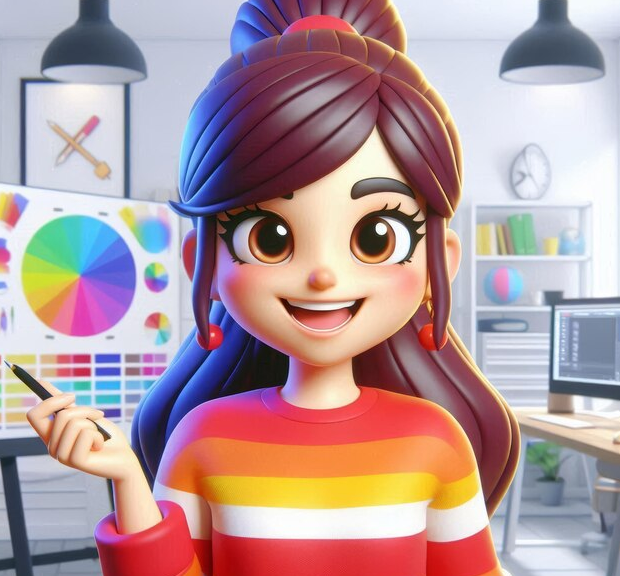






.png)


Зинаида Румянцева
Branding is a complex task that requires an integrated approach. It is important to understand who your target audience is and what emotions you want to evoke. Share the methods you used!
Oliver Smith
Zinaida, I agree! I also think that storytelling plays a huge role. People love stories, not just facts. What stories do you think work best in branding? 🎨
Maria Hernandez
Oliver, I think personal stories from clients can be very effective. For example, how my store started with 50 euros and grew to something more! 🛍️ How do you inspire your audience to share stories like these?
Hans Müller
I support it, of course! But don't forget about design. The right colors and fonts can dramatically change the perception. What colors do you prefer for your brands? 🎨
Pavel Novak
Our colors can evoke different emotions! For example, I use blue to convey reliability. How do you feel about the psychological aspects of colors in branding? 🌈
Olga Petrenko
I agree, color is important! But how can you create a recognizable brand without a strong enough positioning in the market? Does anyone have any successful examples? 🤔
Giulia Rossi
Olga, from my own experience I can say that investing in marketing is a key point. Good content and regular posting are important. How often should you update content? 📆
Leonard Kaczynski
What nonsense! I think all these trends are ridiculous and don't matter. Who will even remember your post in a month? 😒
Зинаида Румянцева
Leonard, it is important not only to remember, but also to evoke emotions. If your brand is a part of a person's life, it will not be forgotten. What do you think about this?
Isabella Garcia
Zinaida, I agree! Interaction with the audience on social networks is also important. What is your vision for ideal engagement? 💬
Mark Thompson
Isabella, to engage the audience, you need to do surveys and competitions, and not be afraid of humor. What methods do you use for interactivity? 🎉
Andrey Ivanov
It's interesting what you say about engagement. It is also important to take into account customer feedback. How do you handle it in your business? 📊